Article: Noah Purifoy Outdoor Desert Art Museum, Joshua Tree | Art Museum Guide
Noah Purifoy Outdoor Desert Art Museum, Joshua Tree | Art Museum Guide

Source: Jesus Aguilasocho, Noah Purifoy Outdoor Desert Art Museum, Google Maps, https://maps.app.goo.gl/kUNy2s1Smsm52ZHF7
The Noah Purifoy Outdoor Desert Art Museum, Joshua Tree, is an extraordinary destination where art, environment, and social commentary converge in the open desert air. This distinctive art museum spans ten acres, showcasing the visionary works of Noah Purifoy, a pioneering artist celebrated for his large-scale assemblage sculptures. Each piece is crafted from discarded and salvaged materials, transforming everyday objects into thought-provoking statements on culture, society, and the human condition.
The Noah Purifoy Outdoor Desert Art Museum, Joshua Tree, is more than an artistic landmark; it is a living testament to the power of resourcefulness and imagination. Whether you are an art enthusiast, a cultural traveler, or a curious explorer, the museum offers a rare opportunity to experience monumental works in harmony with the raw, natural beauty of the desert.
History Of The Museum
The Noah Purifoy Outdoor Desert Art Museum, Joshua Tree, was officially established in 1999, marking the culmination of over a decade of creative dedication by artist Noah Purifoy. After relocating from Los Angeles to Joshua Tree in the late 1980s, Purifoy found inspiration in the vast, arid landscape of the California desert. The open, unconfined environment provided him with the perfect setting to create large-scale assemblage sculptures using discarded and repurposed materials.
Throughout the 1990s, Purifoy worked tirelessly to transform ten acres of desert land into a monumental outdoor art museum. His works incorporated objects such as scrap metal, wood, appliances, and industrial remnants, many sourced locally. These installations were not simply decorative pieces; they were intentional commentaries on cultural, political, and social issues, crafted to invite reflection and dialogue.
By the time of Purifoy’s passing in 2004, the museum had grown into an iconic cultural landmark, attracting visitors from around the world. Today, the site is maintained by the Noah Purifoy Foundation, which works to preserve his artistic legacy while keeping the art museum, Noah Purifoy Outdoor Desert Art Museum, Joshua Tree, accessible to the public. It stands as a lasting tribute to one man’s vision of art without walls.
Artist’s Background
Noah Purifoy, the creative force behind the Noah Purifoy Outdoor Desert Art Museum, Joshua Tree, was a groundbreaking African American artist and educator. Born in Snow Hill, Alabama, in 1917, Purifoy’s early life was shaped by the racial and social challenges of the American South. After serving in World War II, he pursued studies in art, earning a degree from Chouinard Art Institute in Los Angeles.
Purifoy first rose to national prominence in the 1960s for his assemblage art created from the charred debris of the 1965 Watts Rebellion in Los Angeles. This body of work reflected his deep commitment to addressing social justice issues through art. As a co-founder of the Watts Towers Art Center, Purifoy championed arts education and community engagement.
In the late 1980s, seeking a new environment for large-scale creativity, Purifoy moved to Joshua Tree. There, the expansive desert provided the freedom and space to develop massive installations that would eventually form the Noah Purifoy Outdoor Desert Art Museum, Joshua Tree. His work blended artistic experimentation with cultural critique, resulting in a body of work that is as intellectually stimulating as it is visually striking. Purifoy’s legacy continues to inspire artists, educators, and visitors alike.
Open-Air Experience
The Noah Purifoy Outdoor Desert Art Museum, Joshua Tree, offers an unparalleled open-air experience where art blends seamlessly with the natural desert environment. Unlike enclosed galleries, this art museum invites visitors to engage directly with the elements while exploring its vast collection of large-scale sculptures. The expansive ten-acre site allows guests to wander freely, with no set paths, fostering a sense of discovery as each turn reveals new works of art framed by the desert’s rugged beauty.
The open-air setting means that every visit offers a different perspective. Shifting sunlight throughout the day casts dynamic shadows across the installations, while seasonal changes in the desert landscape alter the mood and visual impact of each piece. The desert winds, sun, and occasional rain contribute to the artworks’ evolving textures, creating a living, ever-changing exhibition.
This immersive experience encourages visitors to slow down and observe the intricate interplay between art and environment. The museum’s open nature also fosters a quiet, contemplative atmosphere, allowing individuals to connect with the works on a personal level. At the Noah Purifoy Outdoor Desert Art Museum, Joshua Tree, the outdoors is not just a backdrop—it is an essential part of the artistic experience.
Sculptural Installations
The heart of the Noah Purifoy Outdoor Desert Art Museum, Joshua Tree, lies in its remarkable collection of sculptural installations. Spread across ten acres, these works are monumental in scale and concept, each one meticulously crafted from found and salvaged materials. Items such as discarded televisions, bicycles, refrigerators, scrap wood, and metal debris are transformed into striking, thought-provoking forms.
Every sculpture reflects Noah Purifoy’s commitment to assemblage art—a creative practice that reimagines everyday objects into new artistic expressions. These installations are not merely decorative; they are layered with cultural commentary, social critique, and environmental awareness. Many works encourage reflection on issues such as consumerism, waste, and the resilience of the human spirit.
Purifoy’s sculptural creations are designed to interact with the desert environment. Harsh sunlight, shifting winds, and open skies become part of the visual narrative, enhancing the textures and colors of each piece over time. Visitors can experience a wide variety of styles, from geometric constructions to whimsical, almost surreal compositions.
Walking among the installations, guests of the Noah Purifoy Outdoor Desert Art Museum, Joshua Tree, encounter a world where discarded materials gain new purpose and meaning. The result is an inspiring and unforgettable artistic landscape.
Themes In The Artwork
The Noah Purifoy Outdoor Desert Art Museum, Joshua Tree, presents artworks deeply rooted in themes that extend far beyond their physical forms. Noah Purifoy’s assemblage sculptures often explore pressing social and political issues, reflecting his lifelong commitment to addressing topics such as racial inequality, poverty, and community resilience. Through the creative reuse of discarded materials, Purifoy highlights themes of sustainability and the transformative power of resourcefulness.
Many installations engage with the idea of impermanence, as the harsh desert climate naturally alters and weathers the sculptures over time. This acceptance of change speaks to themes of decay, renewal, and the cyclical nature of life. Other works incorporate elements of humor and irony, inviting viewers to question societal norms and consumer culture.
Religious and spiritual undertones also appear in Purifoy’s work, often subtly woven into the physical composition of his sculptures. These layers of meaning encourage visitors to interpret each piece in their own way, fostering a personal and reflective experience.
At the Noah Purifoy Outdoor Desert Art Museum, Joshua Tree, the themes are as expansive as the setting itself, offering a multi-dimensional exploration of human experience, environmental interaction, and the enduring dialogue between art and society.
Desert Landscape Setting
The desert landscape plays a vital role in shaping the identity of the Noah Purifoy Outdoor Desert Art Museum, Joshua Tree. Situated within the rugged beauty of California’s high desert, the museum’s ten-acre site offers a dramatic backdrop of open skies, rocky terrain, and native vegetation. This stark, unspoiled environment amplifies the visual impact of Purifoy’s large-scale installations.
The arid climate and intense sunlight create constantly shifting conditions that alter the appearance of each artwork throughout the day. Morning light casts long, soft shadows, while midday sun intensifies colors and textures. As evening approaches, the desert sky provides a warm glow that transforms the sculptures into silhouettes against the horizon.
The desert’s natural elements—wind, sand, and occasional rain—become active participants in the artistic process, subtly reshaping the surfaces of the installations over time. This interaction between art and environment reinforces Purifoy’s acceptance of impermanence and evolution in his work.
Visitors to the Noah Purifoy Outdoor Desert Art Museum, Joshua Tree, often find that the surrounding landscape enhances their appreciation of the art. The vast openness invites reflection, while the rugged terrain underscores the resilience and adaptability mirrored in Purifoy’s creations. The desert is not merely a location—it is an integral part of the museum’s artistic experience.
Self-Guided Tours
The Noah Purifoy Outdoor Desert Art Museum, Joshua Tree, offers visitors the freedom to explore at their own pace through self-guided tours. This format allows each guest to engage with the museum’s extensive collection of large-scale sculptures in a personal and unhurried way. Without the constraints of scheduled tours or fixed routes, visitors can wander across the ten-acre site, discovering installations in any sequence that sparks their curiosity.
Informational plaques and online resources provide background on select works, helping guests understand the context, materials, and meaning behind each piece. However, the open-ended nature of the experience also encourages independent interpretation. Visitors can take time to study textures, compositions, and how the desert environment interacts with each sculpture.
Self-guided tours at the Noah Purifoy Outdoor Desert Art Museum, Joshua Tree, cater to a wide range of interests, whether someone seeks an in-depth examination of Purifoy’s themes or simply wants to enjoy the unique visual landscape. The absence of rigid structure fosters a sense of adventure, making each visit a fresh and individualized journey through Purifoy’s artistic world.
Best Time To Visit
Timing plays a key role in fully appreciating the Noah Purifoy Outdoor Desert Art Museum, Joshua Tree. Due to the desert’s intense climate, early mornings and late afternoons are generally considered the most comfortable and visually rewarding times to visit. These periods offer cooler temperatures, softer lighting, and striking shadow effects that enhance the sculptures’ textures and forms.
In the morning, the sun’s low angle casts warm hues and long shadows, adding depth to each installation. Late afternoons provide a golden glow that transforms the artworks into dramatic silhouettes against the expansive desert sky. The midday hours, especially in warmer months, can be extremely hot and less comfortable for walking through the open-air museum.
Seasonally, the cooler months from October to April are ideal for extended visits, while summer trips require careful planning with sun protection, water, and light clothing. Visitors may also want to consider the impact of weather changes, as the desert can shift from bright and sunny to breezy or overcast, each offering its own atmospheric perspective.
By selecting the right time of day and year, guests at the Noah Purifoy Outdoor Desert Art Museum, Joshua Tree, can experience the artworks in their most captivating and comfortable conditions.
Visitor Etiquette
When visiting the Noah Purifoy Outdoor Desert Art Museum, Joshua Tree, it is important to follow proper visitor etiquette to ensure the preservation of the artworks and the safety of guests. This art museum features large-scale installations created from a variety of materials, many of which are weathered and fragile due to years of exposure to the desert environment. Touching or climbing on the sculptures is strictly discouraged, as it can cause irreversible damage.
Visitors should stay on accessible paths and be mindful of the desert terrain, which can include uneven ground, rocks, and native vegetation. Bringing adequate water, wearing sun protection, and dressing appropriately for the weather are recommended to ensure a comfortable experience.
Photography is welcome, but guests should remain respectful of the art and other visitors by avoiding disruptive behavior or blocking pathways for extended periods. Pets are generally allowed but should be leashed and kept under control at all times to prevent harm to the artwork or disturbance to others.
By observing these guidelines, guests contribute to the preservation of the Noah Purifoy Outdoor Desert Art Museum, Joshua Tree, allowing future generations to experience the unique and thought-provoking works of Noah Purifoy in their intended setting.
Nearby Attractions
The Noah Purifoy Outdoor Desert Art Museum, Joshua Tree, is situated in a culturally and naturally rich area, making it an ideal stop within a broader desert itinerary. One of the most notable nearby attractions is Joshua Tree National Park, renowned for its stunning rock formations, hiking trails, and iconic Joshua trees. This national park offers opportunities for outdoor recreation and breathtaking photography just a short drive from the art museum.
Downtown Joshua Tree also provides a vibrant local experience with art galleries, boutique shops, and unique dining options that reflect the creative spirit of the community. The Joshua Tree Certified Farmers Market, held weekly, is a great place to find fresh produce and locally crafted goods.
For music and cultural enthusiasts, Pioneertown—originally built as a movie set in the 1940s—is home to the famous Pappy & Harriet’s Pioneertown Palace, known for live music and Western charm. Additionally, the Hi-Desert Cultural Center offers art exhibitions and performances year-round.
These nearby attractions make a visit to the Noah Purifoy Outdoor Desert Art Museum, Joshua Tree, part of a well-rounded experience, blending art, nature, and local culture into a memorable desert adventure.
Conclusion
The Noah Purifoy Outdoor Desert Art Museum, Joshua Tree, stands as a remarkable fusion of creativity, cultural commentary, and environmental interaction. Spanning ten acres of open desert, this art museum offers visitors a rare opportunity to experience large-scale assemblage works in harmony with nature. Each installation reflects Purifoy’s vision, resourcefulness, and dedication to making art accessible beyond traditional walls. Whether you come for the powerful themes, the unique desert setting, or the freedom of self-guided exploration, the Noah Purifoy Outdoor Desert Art Museum, Joshua Tree, delivers an unforgettable experience that continues to inspire and engage audiences from around the world.
Let Us Know What You Think!
Every information you read here are written and curated by Kreafolk's team, carefully pieced together with our creative community in mind. Did you enjoy our contents? Leave a comment below and share your thoughts. Cheers to more creative articles and inspirations!


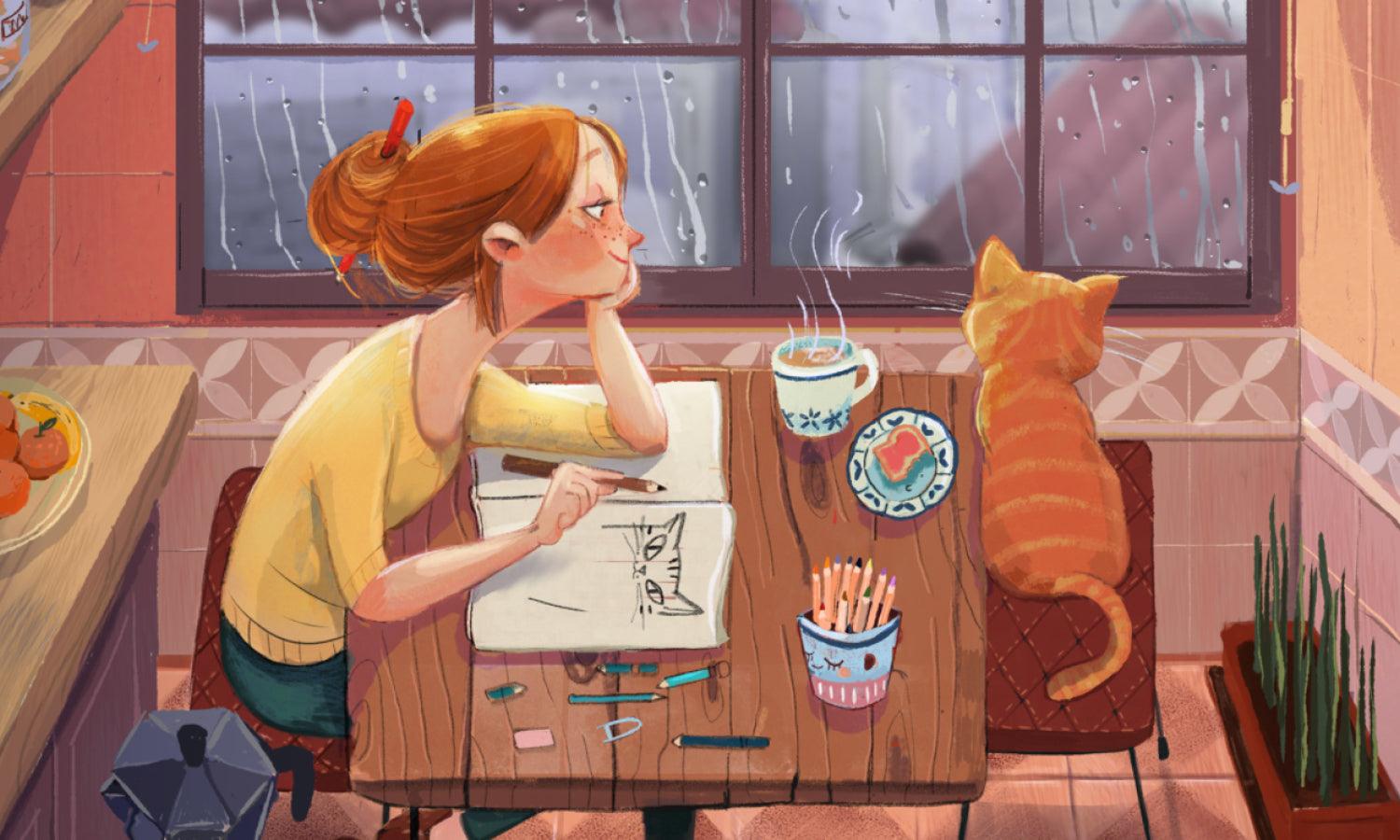
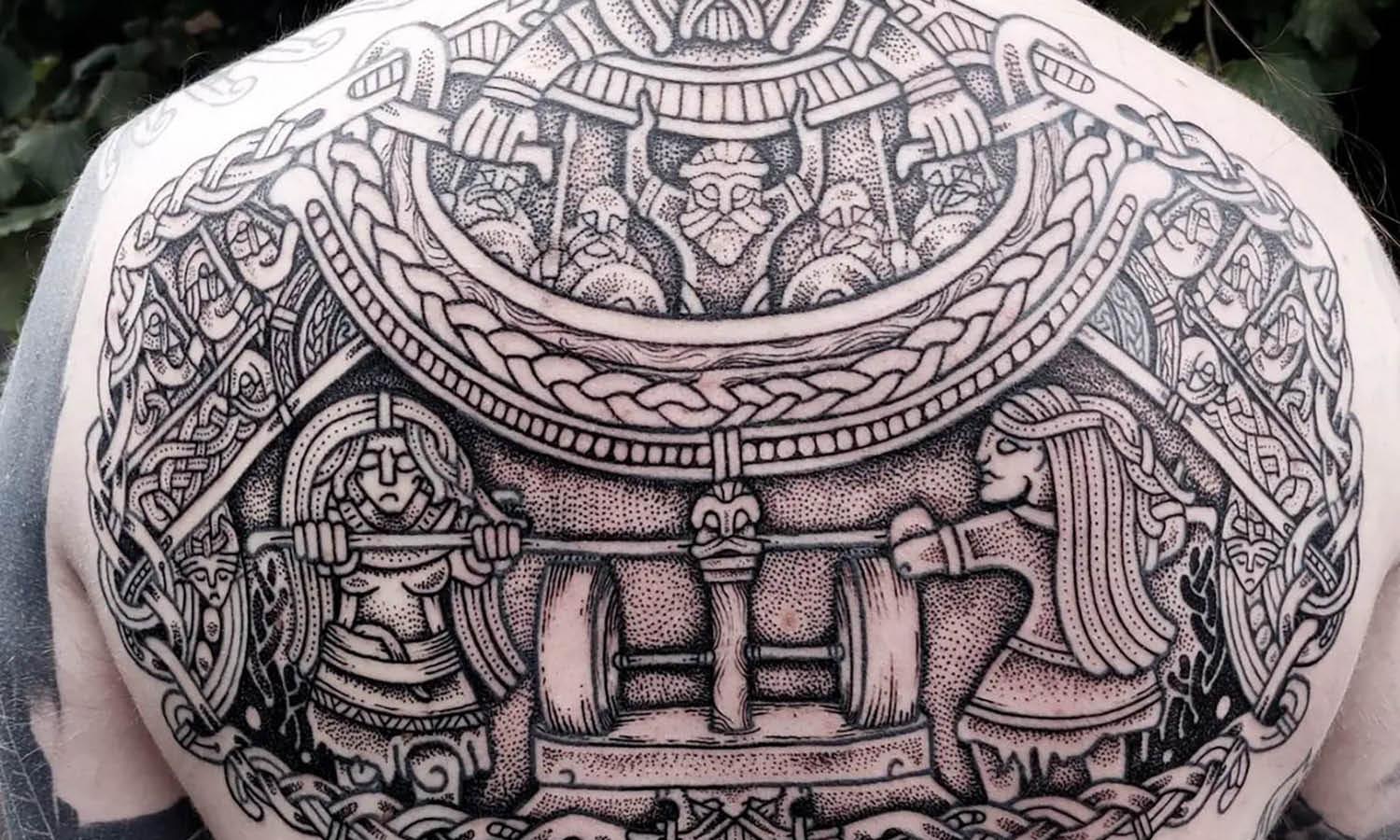
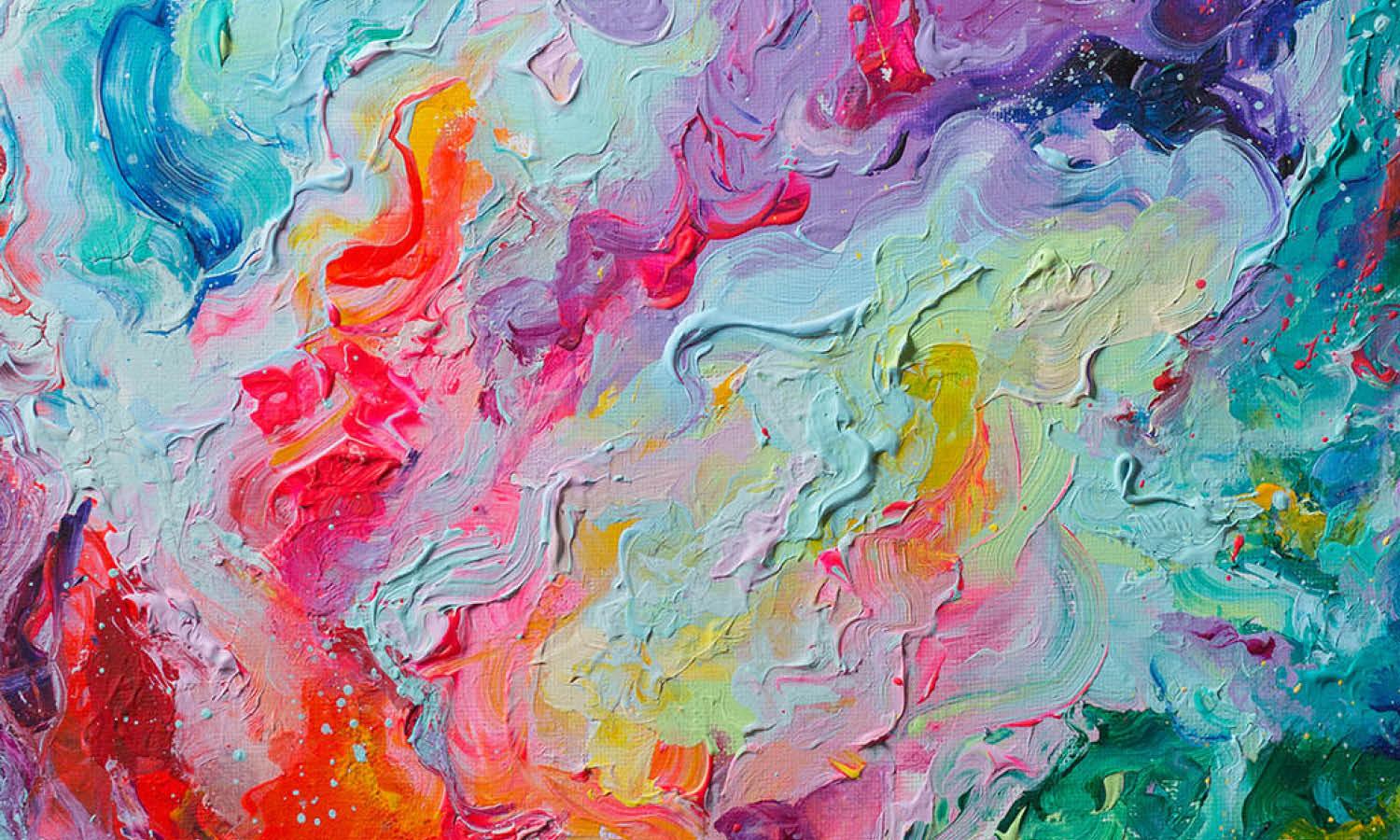
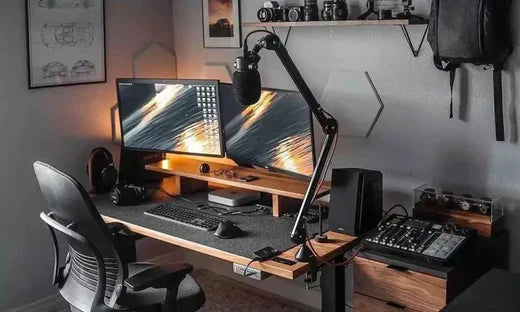


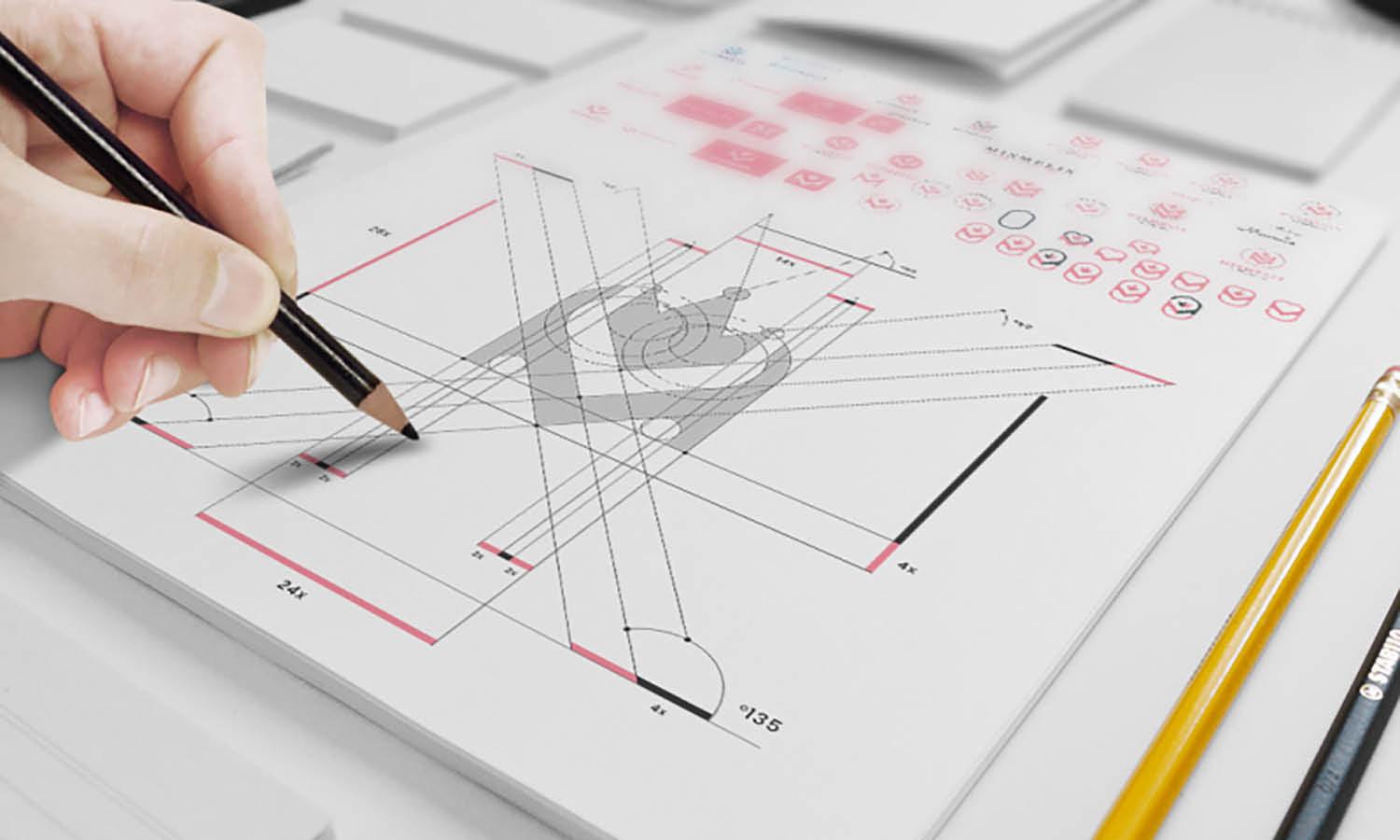
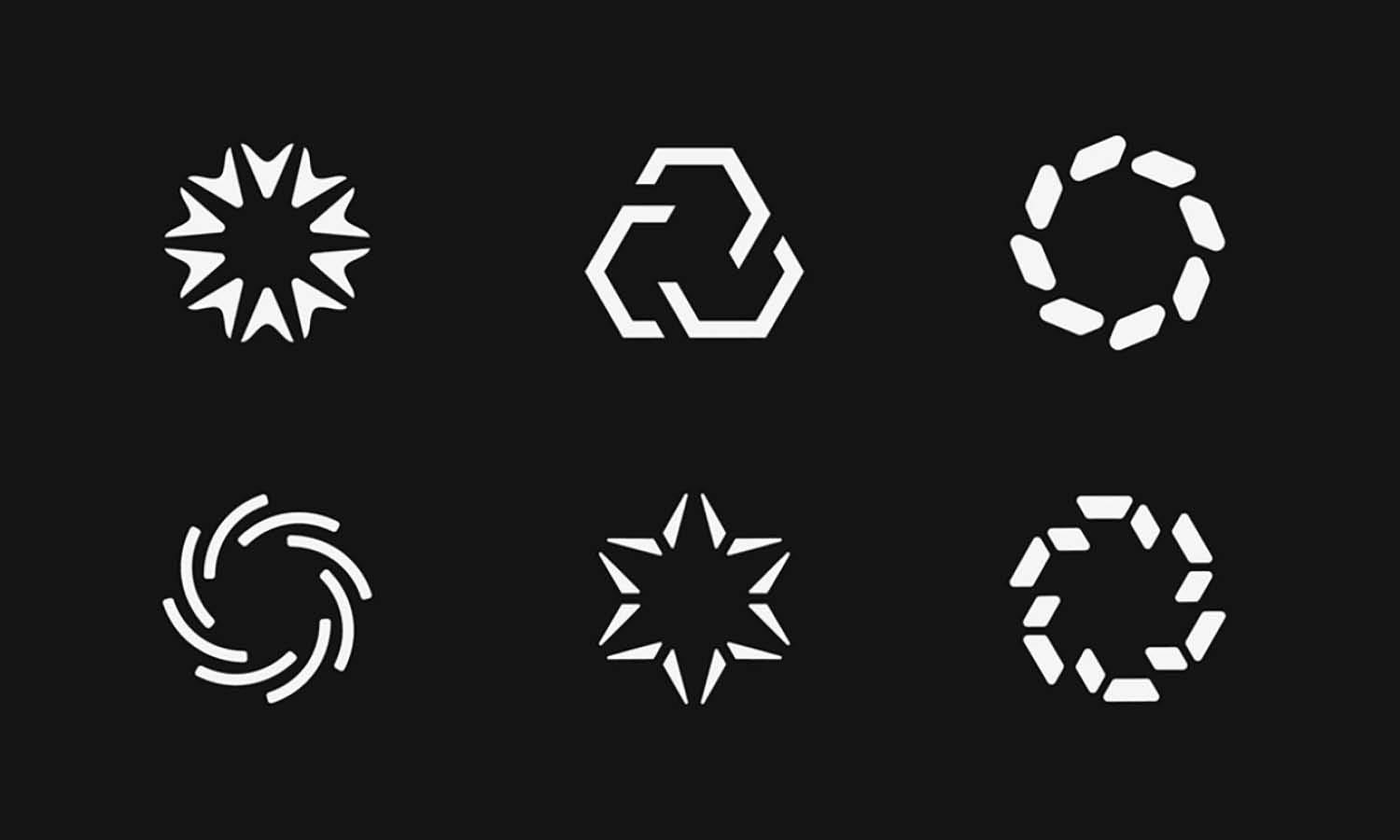






Leave a Comment